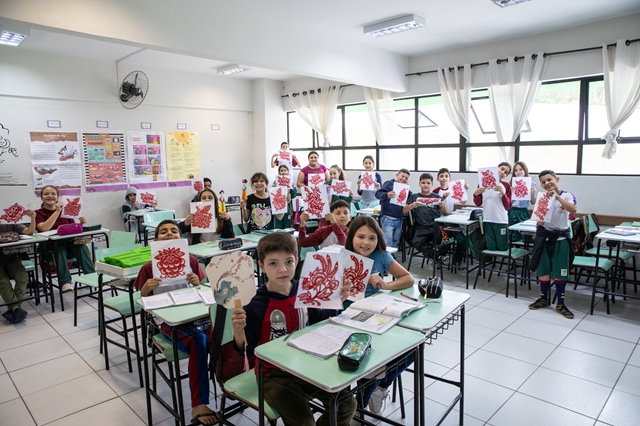-
Tangwu town: Where every note counts
2025-01-06
Tangwu town, Changle county, Weifang, Shandong province, has become a global hub for electric guitar production.
-

US youth get immersed in Chinese culture in Tai'an
2025-01-06
More than 20 students and teachers from the YES program in the United States embarked on a study tour in Tai'an on Jan 2.
-
Shandong outlines key economic priorities for 2025
2025-01-06
The eighth plenary session of the 12th CPC Shandong Provincial Committee, held on Dec 24-25 in Jinan, Shandong province, has unveiled its economic blueprint for 2025.
-
Shandong kicks off winter sports fun
2025-01-03
A winter carnival kicked off on Dec 31 at the Shandong Nanshan International Ski Resort in Longkou, Yantai, Shandong province.






 Transformed Development Drivers
Transformed Development Drivers  Rural Vitalization
Rural Vitalization  Marine Economy
Marine Economy  What's on
What's on  Heritage
Heritage  Traditional Culture
Traditional Culture  Celebrities
Celebrities 

 Why Shandong
Why Shandong  Industrial Parks
Industrial Parks  Belt & Road
Belt & Road  Sister Cities
Sister Cities 























